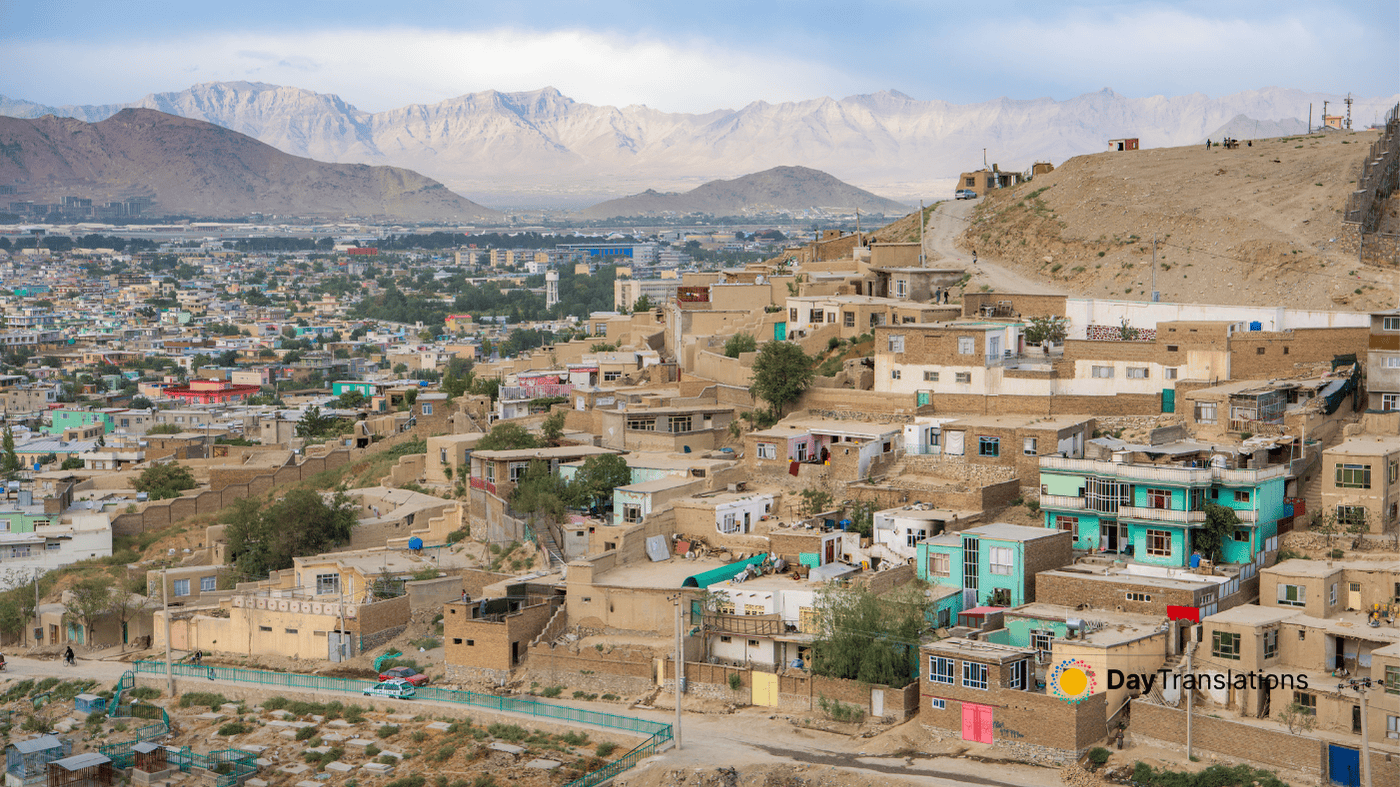Information about the Mexican Flag: Colors and Meaning of the Flag of Mexico
In this Country Profile
:: Meaning of the Mexico Flag ::
The flag of the United Mexican States is a tricolor consisting of three equal vertical bands of green (hoist side), white, and red with the national coat of arms charged in the center of the white stripe. The current flag was adopted in 1968. The flag ratio of the Mexican flag is described as 1:2 (length twice the height).
The flag of the Mexican United States embodies the rich history of Mexico. The stripes on Mexico’s flag are believed to represent the following: green symbolizes the Independence Movement, white represents the purity of the Catholic faith and red symbolizes the national unity and the blood of the heroes who fought for the Independence from Spain.
:: Meaning of the Mexican Coat of Arms ::
Mexico’s coat of arms has been an important symbol of Mexican politics and culture for centuries and depicts an ancient Aztec legend. Accordingly to this legend, the people had to build their new city on the exact spot where they will see an eagle sitting on a cactus, eating a snake. After two hundred years of wandering, the people found the promised sign on a small island in the swampy Lake Texcoco. They founded here their new capital, Tenochtitlán, “Place of the Prickly Pear Cactus”) which later became known as Mexico City. The golden eagle perched upon a cactus, eating a snake, is a symbol of the triumph of good over evil. The eagle is a symbol of the sun and a representation of the victorious god Huitzilopochtli. The Laurel and Oak leaves encircling the Coat of Arms represent victory and the martyrdom of those who have given their lives for Mexico.
Moreover, the coat of arms are described in the Article 2 of the “Ley sobre el Escudo, la Bandera y el Himno Nacionales” (Law on the National Coat of Arms, Flag, and Anthem).
The National Coat of Arms is featured by an Mexican eagle exposing its left profile, the upper part of the wings in a level higher than plume and slightly displayed in a battle attitude; with the sustenation plumage downwards touching to the tail whose feathers are arranged in natural fan. It puts its left grasp on a bloomed nopal that is born in a rock that emerges from a lake. It is grasping with the right grasp and the beack, in attitude of eat, a curved serpent, so that it harmonizes with the whole. Several “pencas” of the nopal grow to the sides. Two branches, one of encino to the front of the eagle and another one of laurel opposed, form a lower semicircle and they are united by a ribbon divided in three strips that, when the National Coat of Arms is represented in natural colors, correspond to those of the National flag.
When the National Shield reproduces in the reverse side of the National Flag, the Mexican Eagle will appear standing in its right grasp, holding with the left one and the beack the curved serpent.

Sorry, the comment form is closed at this time.